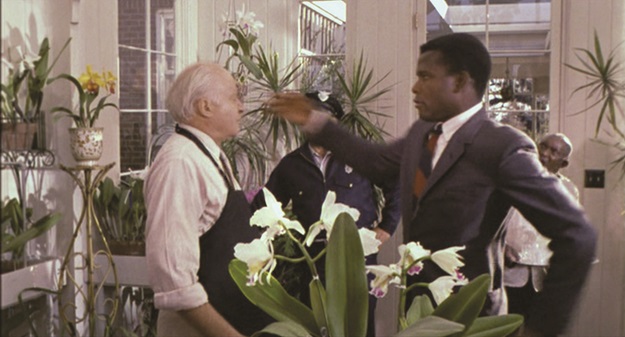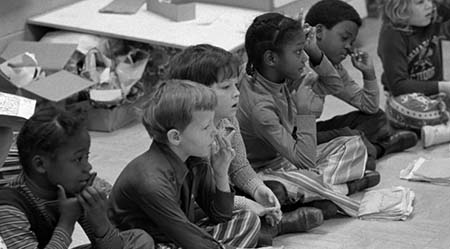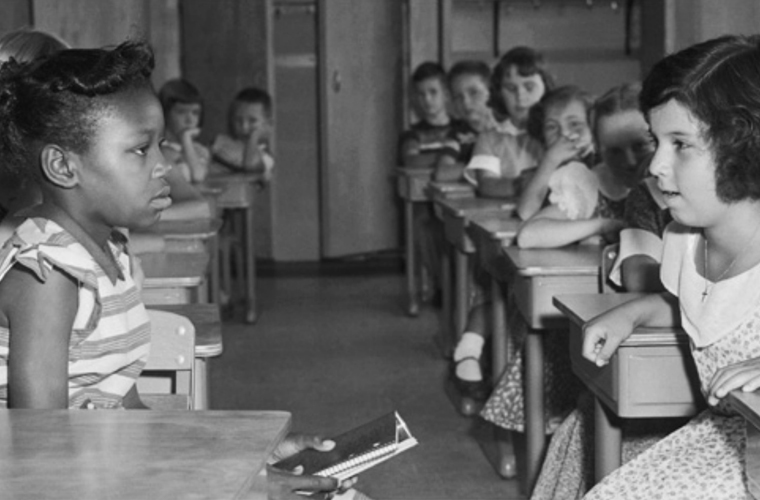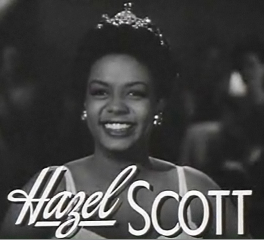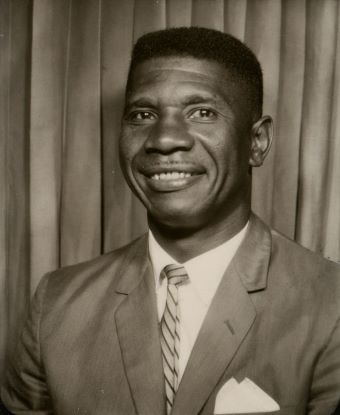Into the Heat of the Night has to do with the solving of a murder of prominent investor and wealthy man. He was found dead late at night by a cop on patrol. He began to search for the criminal and found a black man at the train station who was brought in for questioning on the basis that he was black. He was found to be a police officer and innocent. He and the other cops spend the rest of the movie trying to find the killer.
One scene in particular stands out from the film where the Black cop strikes the wealthy white man. During this time no matter what he had said a black man striking a white man was a total upset of the order of the world. The fact that he was not arrested on the spot by the Chief of police. It shows not only the growth of the Office but also how the social norms were at the time.
Not only does the movie do extensive commentary on racial relations but also on the severe need for industrialization in these small towns. The man who was murder was killed over a factory he was attempt build.
The tension in the beginning of the movie is high between the chief of police and black officer. He immediately judges him for his skin color and makes assumptions like him not being a cop. He actually called the man's boss in the city to see if he was actually a cop. He was skeptical of how Black man could make as much money as he did. Slowly over the course of the movie the two become closer while never quite friends they do recognize each other’s humanity. The black cop did not come around to the white officer until later in the movie, same as the Chief of Police.
In total, Into the Heat of the Night is a masterpiece depicting the relationships between the black and white population in a small town.
https://www.imdb.com/title/tt0094484/
https://www.tcm.com/tcmdb/title/17602/in-the-heat-of-the-night/#overview

